My shopping cart
Your cart is currently empty.
Continue ShoppingREAD OUR BLOGS · ARTICLE · March 19, 2025

Have you ever wondered what gives rose quartz its soft pink glow or why it has fascinated people for thousands of years? Let’s break it down in a simple, clear way no fluff, just the facts, and the story behind this beautiful stone.
At its core, rose quartz is a type of quartz crystal, part of the silicon dioxide (SiO₂) family. If you’re familiar with crystals like amethyst or citrine, you’re already acquainted with its relatives. Rose quartz specifically stands out because of its delicate pink to rose-red hue, which immediately catches the eye.
The pink color isn’t just for show it’s the result of trace elements like titanium, manganese, and iron embedded in the crystal structure. On a microscopic level, inclusions such as dumortierite or rutile give the stone its signature cloudy, milky appearance. That’s why rose quartz typically appears translucent to opaque, unlike some of the clearer quartz varieties.
Physically, rose quartz has a hardness of 7 on the Mohs scale, meaning it’s durable enough for daily wear, especially in jewelry. It belongs to the trigonal crystal system and typically forms in massive, granular aggregates, making sharply defined crystal points quite rare. However, in special cases, you might come across transparent varieties often labeled as "pink quartz," though these are far less common.
From a technical standpoint:

Rose quartz can be found all over the world, but some locations are particularly famous for producing high-quality specimens. Major sources include:
It’s primarily found in pegmatites and hydrothermal veins, meaning it forms under intense heat and pressure deep within the Earth’s crust. Over time, these deposits are brought closer to the surface where they can be mined.

Our connection to rose quartz isn’t new. Historical records show that as early as 7000 BC, civilizations like the Assyrians used rose quartz to craft jewelry. The Ancient Egyptians believed rose quartz had beauty-enhancing qualities and even placed masks made of the stone in tombs, hoping it would preserve youth in the afterlife.
The Romans and Greeks also had their stories. The Romans wore rose quartz in seal rings and amulets, while Greek mythology ties it to Aphrodite, the goddess of love, further strengthening its association with affection and harmony. Even in Chinese culture, rose quartz symbolized harmony and played a role in traditional medicine.
Learning about rose quartz isn’t just about knowing what it’s made of or where it comes from. It’s also about understanding how nature, history, and different cultures have connected through this one simple but powerful stone. Whether you see it as a rough crystal or wear it as a Rose Quartz Bracelet, it holds a deeper meaning that’s more than just how it looks. We haven’t even talked about its special meanings or healing powers yet that’s coming up next! But first, knowing these basics will help you really appreciate rose quartz and everything it stands for.
Ever heard rose quartz called the "Stone of Love" and wondered why it’s held in such high regard? Let’s cut through the noise and talk about what it actually stands for clear, relatable, and practical.
At its essence, rose quartz is all about love, healing, peace, and emotional balance. But it’s much more than just a “love stone.” Whether you’re looking at romantic relationships, friendships, family ties, or even self-love, rose quartz covers it all.
What’s interesting is how universally recognized this stone is. Across cultures, spiritual practices, and wellness circles, people keep coming back to it. Why? Because its soft pink glow has become a symbol of human connection, care, and emotional well-being.

Let’s break it down in simple terms:
This is the heart of rose quartz. It's known for reminding people to lead with love—not just romantic love but all forms of love:
Life gets messy. Emotional wounds, heartbreak, grief, fear they’re all part of the human experience. Rose quartz is often seen as a companion for:
Its soft pink appearance isn’t just visually soothing it acts as a physical reminder to soften your emotional edges.
One overlooked but crucial aspect is how rose quartz gently pushes us toward self-care and self-compassion. It’s not about fixing everything overnight it’s about creating space for emotional resilience and trusting yourself through challenges.
Rose quartz is also deeply connected with feminine energy, representing:
Historically, rose quartz has even been linked to beauty and youthfulness. Ancient cultures believed it carried radiance and grace, which is why it found its way into facial tools and beauty rituals.

In today’s world, rose quartz continues to be relevant:
Shop now at Infinite Warrior
You might come across different sources saying different things. Some focus more on its romantic symbolism, others on its role in self-care or spirituality. But no matter the angle, the common thread is clear rose quartz consistently symbolizes:
It’s not about whether one interpretation is more "correct" it’s about how this stone keeps showing up as a symbol of what most people universally seek: love, healing, and inner harmony.
By now, you know rose quartz stands for love and emotional healing. But how do people actually use it in their daily lives and spiritual routines? Let’s break it down simply and clearly.
In spiritual beliefs, there are energy points in your body called Chakras. Rose quartz is mostly linked to the heart chakra, or Anahata, which is all about love, kindness, and emotional balance.
People use rose quartz to:
Even if you don’t follow spiritual practices, many people keep rose quartz as a friendly reminder to stay kind and open-hearted.
Rose quartz isn’t just for display it’s often part of healing routines. Here’s how:

You don’t need to be into deep spiritual work to use rose quartz. Here are everyday ways people keep it close:
Imagine you’ve had a fight with a friend. Some people might gift a rose quartz pendant from us as a gentle way to help rebuild that bond.
You might wonder, “What does rose quartz attract?” It’s believed to attract all kinds of love romantic love, friendships, self-love, and peaceful relationships. More importantly, it reminds you to open your heart, making it easier to build stronger connections and feel emotionally balanced.
Like anything else you use often, rose quartz needs a little care to keep it working its best. Over time, many believe this crystal can absorb emotional energy both positive and negative. So, cleansing it now and then helps refresh its natural, calming vibes. Think of it like hitting the reset button.
Here’s a straightforward, true and fair look at the most popular (and safe) ways to cleanse rose quartz:
While it’s mostly a personal or spiritual practice, many people find that regular cleansing helps the stone feel more "effective" like giving it a fresh, clear energy to work with. Plus, the simple act of caring for something that symbolizes love and peace often encourages us to pause and reset our own mindset, too.
If you've ever wondered whether it's safe to put rose quartz in water, you're not alone. The short answer is: Yes, rose quartz can safely go in water but with a few things to keep in mind. Let’s talk about why
Rose quartz ranks 7 on the Mohs hardness scale, which means it's pretty tough. In fact, it’s hard enough to resist scratching and won’t dissolve or break down from quick contact with water. Its chemical makeup silicon dioxide (SiO₂) is stable and non-reactive in water under normal conditions. So, if you want to give it a quick rinse or use it briefly in water-based cleansing, you’re totally fine.
While short exposure to water is safe, prolonged soaking isn’t the best idea. Here’s why:
Your bedroom is probably the number one spot people choose for rose quartz. Here’s why:
Work can get overwhelming, but rose quartz can help soften that edge:
If you have a meditation corner, altar, or yoga space, rose quartz fits right in:
Want to bring warmth and understanding to your household?
Your bathroom might not seem like an obvious choice, but it’s perfect for self-love routines:
You don’t always have to leave your rose quartz in one spot:
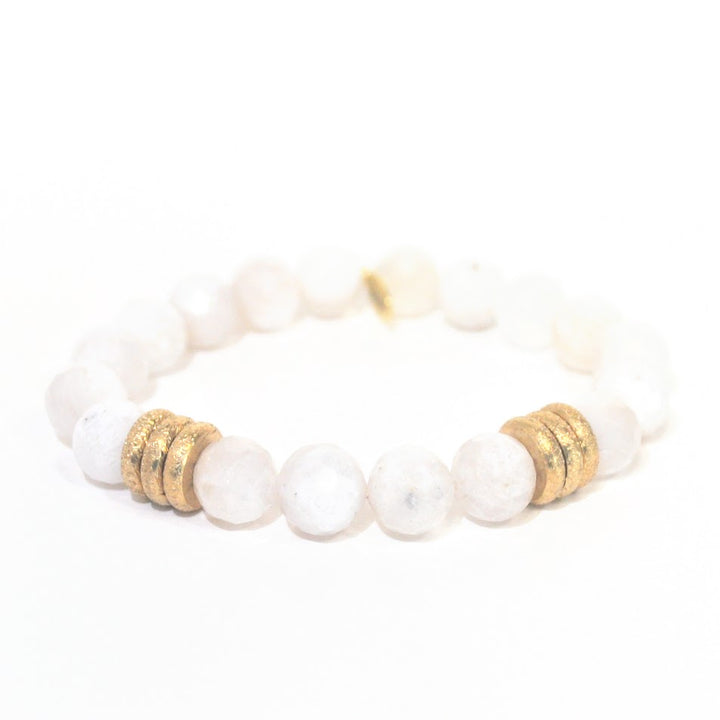
Have you ever seen a moonstone bead bracelet on someone's wrist and been drawn to the flash in the stone? What's the flash you ask? It's ...
more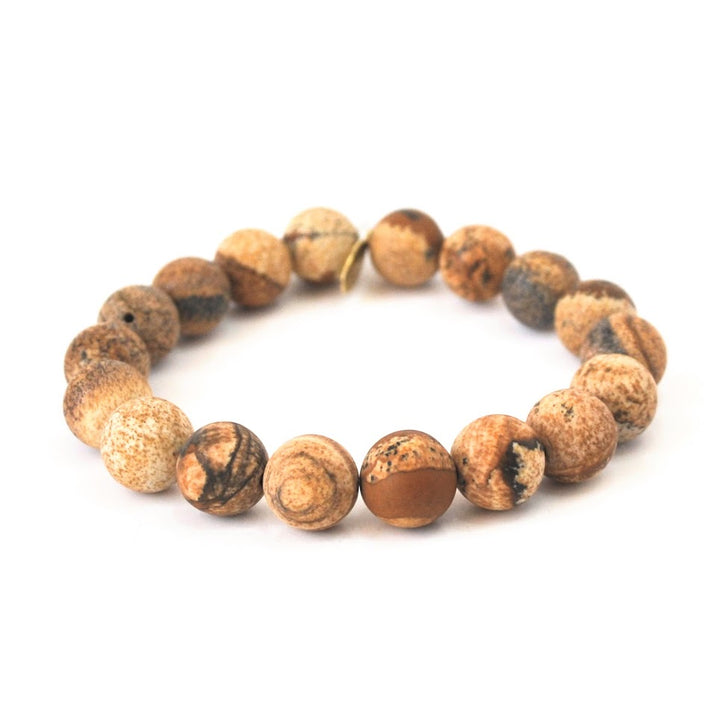
Why You Should Own a Jasper Stone Bracelet Beyond being the October semi-precious birthstone, jasper has a rather impressive line up of b...
more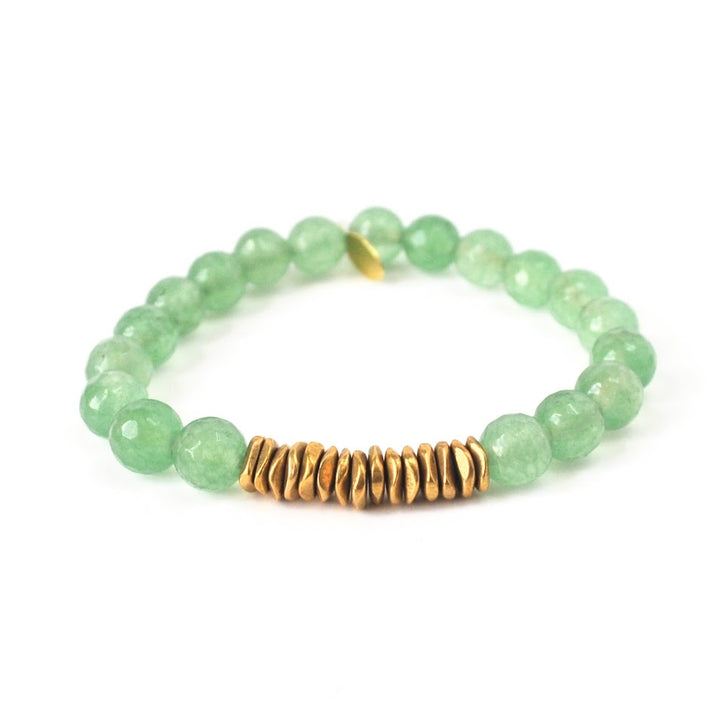
Why Wear a Jade Bracelet? Both August's Birthstone & a Friendship Stone This stone is one of those that many seem to gravitate towar...
more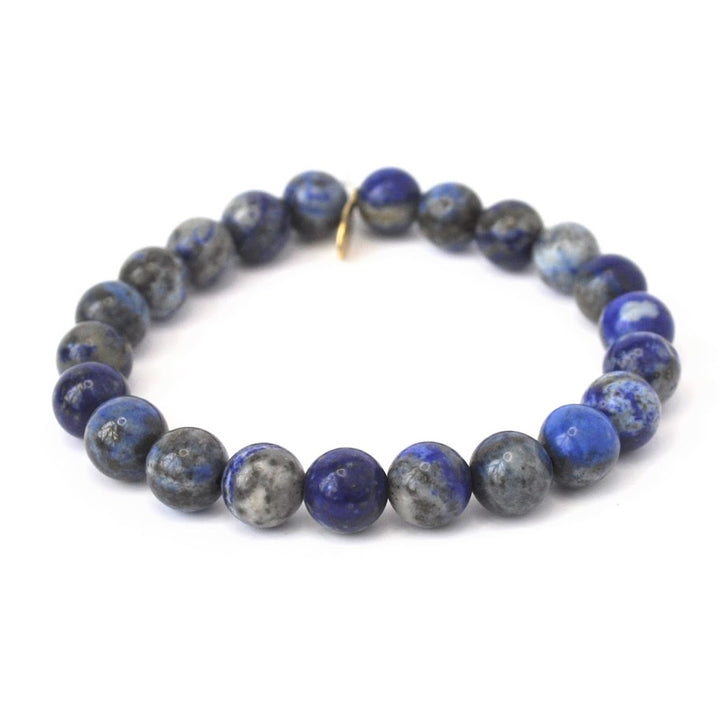
Lapis Lazuli Bracelet | September's Birthstone Odds are you're here because you're a September baby and curious what this beautiful ston...
more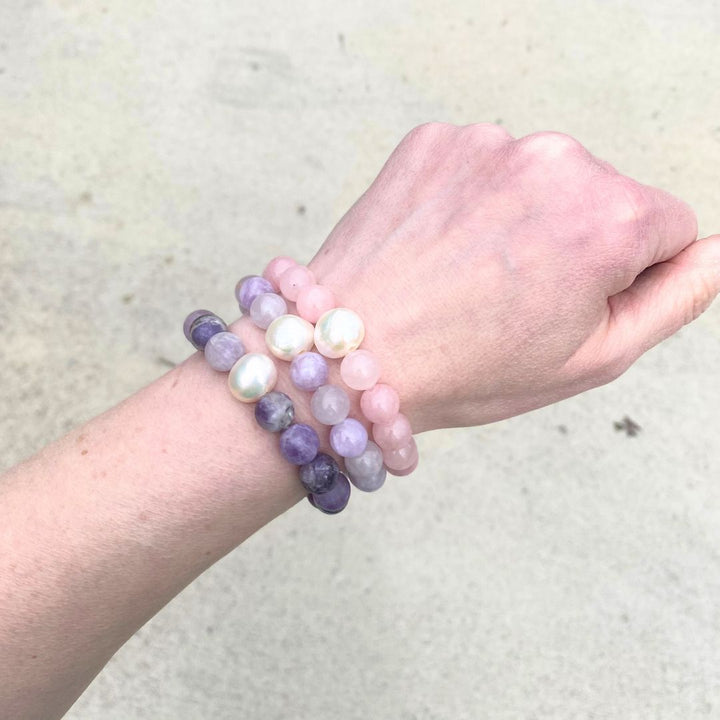
Freshwater Pearl Bracelet Collection | Are You Drawn to Pearls? In the world of fashion, many trends tend to come and go but pearls have...
more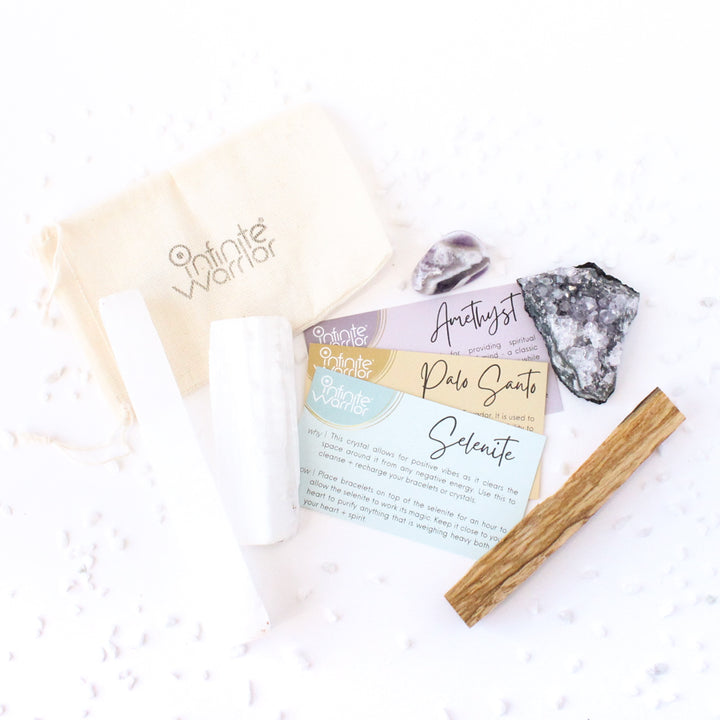
Using Crystals for the Home | Loose Crystals for Your Home Have you ever walked into someone's house before and noticed an amethyst ...
more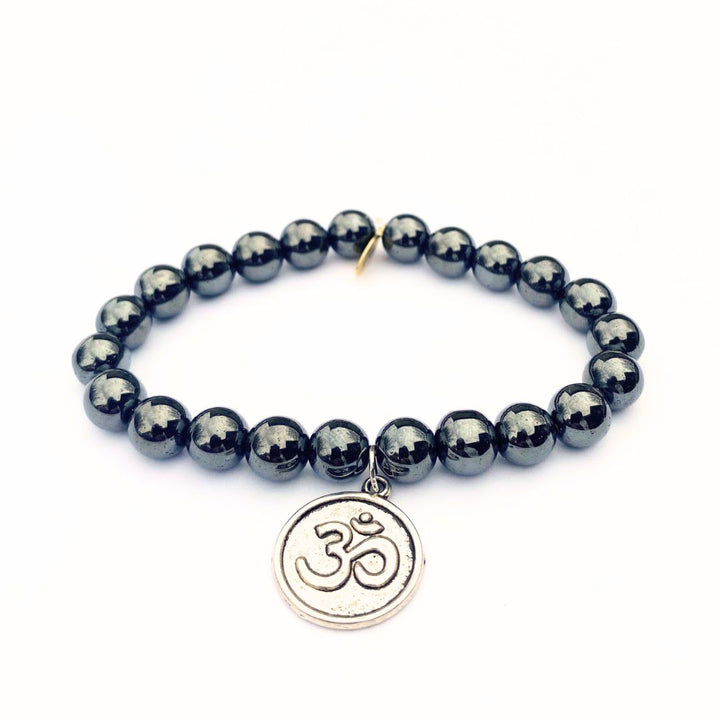
The sound not only connects us but also balances and harmonizes the nervous system from the vibrations in the body. This allows for the u...
more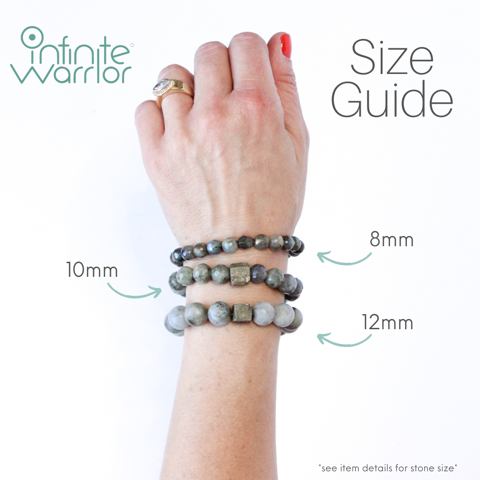
Bead Sizes | What Size Are the Beads on Your Wrist? Are you one of those people that likes to wear a mix of crystal bracelets, a cuff, an...
more